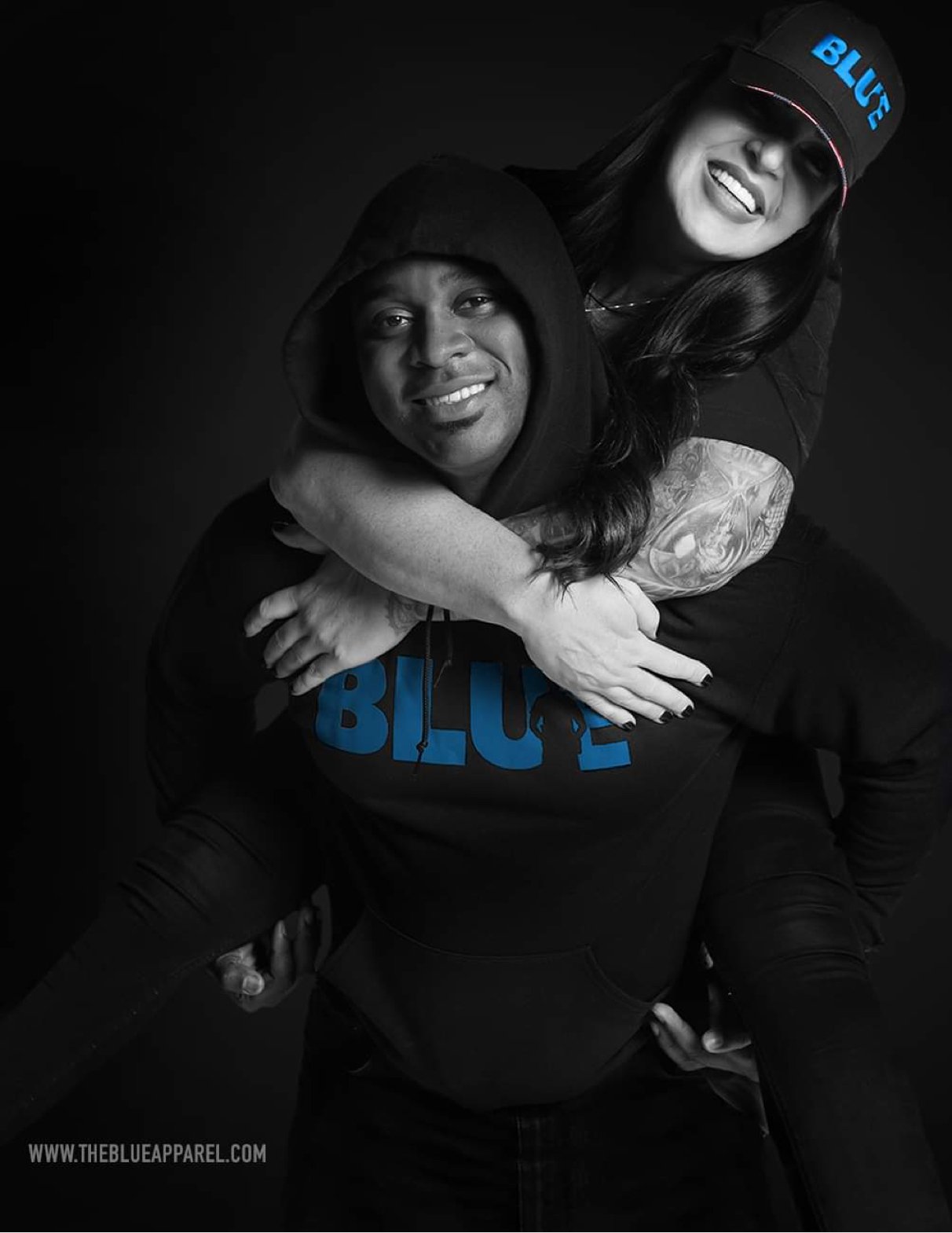Lessons Learned: The Baltimore Police Strike of 1974
/The Baltimore Police Strike of 1974
By Major Wesley R. Wise (Ret.)
(Note: The following account of the Baltimore City Police strike of 1974, the only work stoppage in the department’s history, is based on my intimate knowledge and memory of the events as they happened)
In the beginning . . .
In 1974, new Baltimore police officers were paid a disgracefully low starting salary compared to surrounding departments. In fact, of the more than 15,000 police departments in the U.S. at the time, BPD was in the top 20 for professionalism, effectiveness, and efficiency, but you would have to look long and hard to find it anywhere on pay scale comparisons.
Morale was low due to the low pay, and the only secondary employment sanctioned was driving a cab, which was allowed only because officers were required to be armed at all times, and to take action in the face of lawbreaking. The department felt it was a way to put more police on the street without paying them. That severely limited officers’ ability to earn extra income to offset the low pay and exacerbated the morale-killing factors of working as a police officer for the Baltimore Police Department.
The department was probably only able to attract as many new officers as it did because at the time there was a large contingent of former soldiers returning from Vietnam, many of whom had been military police while in the Army and who looked at civilian police work as the perfect next step in their lives. So the department had a large pool of eager and well-qualified men (it was strictly a boy’s club at the time) to pick from; men who looked at the job as a career, not merely as a job.
BPD officers received scheduled raises only every five years (in some years there were also small cost-of-living increases, which of course didn’t keep pace with the actual cost of living).
Rising Tensions . . .
At the time of the strike, there existed an AFL/CIO affiliated police union and a fraternal police organization, the Fraternal Order of Police, which many officers joined in addition to the union, but the union was the bargaining agent for the department’s sworn members, so virtually all of them belonged to it.
In the Union Hall and on the street, talk of a strike emerged and grew. As it grew louder and more strident, the union convened and a strike vote was held, resulting in an “intent to strike” order. The few officers who felt that the city offer was a fair one argued and voted against a strike, but they were outvoted and many claimed that they were thereafter ostracized by many of the officers they had thought of as friends. One thing about strikes – you soon found out who your friends were.
Unionized BPD officers who went on strike did so almost strictly for better wages (“We Won’t Die, for Five point Five” was the union’s slogan, referring to the city’s pending offer of a 5.5% wage hike over three years which most veteran officers felt was not just too low but was actually insulting). BPD joined other municipal workers who struck at the same time, part of a city-wide demonstration by the AFL/CIO.
As public service employees, police officers were prohibited by law from striking. Officers who opposed the strike for that reason believed they had a sworn duty to serve and protect the city and its citizens, and they intended to keep the oath they had sworn to when they joined the department. They were fully cognizant of the fact that without police patrolling the streets, anarchy soon would erupt. And soon after the strike was made public, it did.
Dissatisfaction turns to action . . .
History will show that the Baltimore Police Strike began on the 11th of July, 1974, but actually it was preceded on July 7th by a “Blue Flu” epidemic. This “Blue Flu” was not a full work stoppage but instead was designed as a warning of things to come if the city didn’t budge from its “final” offers to all city workers, including the police. Most of the officers who didn’t have the flu and came to work that day engaged in a campaign of intentional misbehavior that more or less legitimately took them out of service for as long as possible. As an example, turning in a penny as found property to the Evidence Collection Unit. During all of this, of course, there were very few, if any, officers available to handle the growing number of calls for service.
The Strike Begins . . .
The strike began in earnest on the 11th of July 1974, when a large but unknown number of on-duty officers, first from two of the nine police districts where tensions and dissatisfaction were highest and then from the other districts in a rolling wave, staged a “walkout.” The officers and supervisors involved simply parked their radio cars and walked out and “went on strike” at a pre-arranged time, with some leaving their radio cars lined up at the entrances to station houses, blocking access in and out.
They then changed into street clothes and formed picket lines, carrying professionally made signs provided by the union. As the day wore on, many off-duty officers in street clothes began joining the picket lines.
The idea of parking their radio cars at the entrances to the station houses was brilliant, as it prevented officers who chose not to strike from getting to and from work. It took hours for non-striking supervisors to find the spare keys to all of the radio cars so they could be moved out of the way. The on-duty officers who abandoned their cars also abandoned their posts, their duties, their responsibilities and ultimately, in many cases, their careers.
The Department’s Response . . .
The first night of the strike (now known in some quarters simply, and inaccurately, as “civil unrest”) was chaos, though the fact that the strike was not well known at first mitigated the damage. The department was aware in advance of the probability of a strike and was prepared with a plan outlining steps to be taken to address the expected problems. The plan was created immediately after the initial work slowdown of 7 July.
First, command determined the names, assignments, status, and contact information of all sworn personnel and projected their work schedules so they’d know which officers were scheduled to work at any given time. This information was used for two purposes; to enable quick notification of all off-duty officers in the event of an actual strike to report for duty and to help the department establish exactly who the initial striking officers were for possible disciplinary action later.
Detectives and sworn personnel whose assignments didn’t involve working the street (known as “house cats”) were assigned to the districts in uniform in place of the striking officers and doubled up two to a car to patrol the areas thought to be most vulnerable to rioting and looting. Only in-progress and high-risk calls were to be dispatched. All other calls were logged but no one was assigned to respond to them.
Detectives were assigned to ride with a district unit for obvious reasons - they did not patrol with other detectives. By the second day, all officers were working 12-hour shifts patrolling two to a car. Non-district officers were to meet at the HQ building to be bused to their districts of assignment.
Maryland State Troopers were brought in the next day to augment the beleaguered city officers who had crossed the picket lines and help restore order, their small number working side by side with non-striking Baltimore officers, supervisors and detectives.
The first night, before the full impact of the almost total lack of a police presence on the street, rioting and looting were somewhat muted compared to what was to come. Despite the arrival of Maryland State Police reinforcements, on the second day rioting, burning and looting broke out in earnest all over the city. Mob rule was the name of the game.
The rioting, burning, and looting continued nearly unabated for the first three days and nights of the strike, until finally on the fourth day many striking officers, seeing the futility of their efforts and the looming prospect of personal consequences for their participation, began to cross the picket lines and go back to work, reinforcing the overwhelmed non-strikers little by little as order was restored a block at a time.
During the four-day strike, working police officers, supervisors, detectives, and State Police troopers were considered, and loudly called, “scabs.” Working officers were routinely subjected to officer vs. officer confrontations, spitting, and name-calling by the striking officers as the non-striking officers crossed the angry picket lines to go to work. There were even a few incidents of rock and bottle-throwing at the buses being used by the city intended to help avoid individual picket line contact.
After the Strike . . .
When the strike ended, a departmental task force was formed to investigate and report on all aspects of the strike. The task force was comprised of supervisors from the Internal Investigation Division, the Inspectional Services Division, the Criminal Investigation Division and two supervisors from the Planning & Research Division. The P&R supervisors were not investigators – rather their job was to coordinate all of the investigators, analyze the information that was developed and write the after-action report, which included all known information concerning the activities of each striker on each picket line.
In the end, the union and striking officers gained nothing from the strike except varying degrees of punishment meted out to striking officers, including loss of vacation days and leave time, transfers, fines, resignations, and in some extreme cases, termination, which was reserved for the most egregious acts by those officers who were known to have been the strike ringleaders, instigators, and agitators. Disorderly conduct on the picket lines in some cases led to terminations.
While many other municipal workers staging work stoppages at the same time were given an increase in their wages and won other concessions, police officers were given only the already offered 5.5% increase (over three years) in pay to begin the next year.
In other words, the strike was a total failure for the union and for the striking officers, and the scars of that strike on the city itself, her citizens, businesses, and on the relationships and futures of her police officers were felt for an entire generation of city police officers.
Police Commissioner Donald D. Pomerleau, based on the weeks-long investigation of the events during and surrounding the strike, would eventually punish and even fire many of the officers involved and revoke the union’s bargaining rights. That was the end of public-sector unionization for the Baltimore City Police Department and enabled the Fraternal Order of Police (FOP) to assume the bargaining rights abdicated by the union.
As far as I know, none of the strikers, even Officer Wally Brenton, who scored at the top of virtually every subsequent promotional list during the rest of his abbreviated career, were ever promoted – they were effectively blacklisted.
Today’s Baltimore officers are faced with many challenges in their working conditions with a lack of patrol staffing and a restrictive consent decree. With morale once again at a low, could a full-blown police strike once again result in the City of Baltimore? That seems highly unlikely if history is the guide to the future.
Possible images for use subject to copyright: https://images.app.goo.gl/uEowgCeTGTX772ZA9











